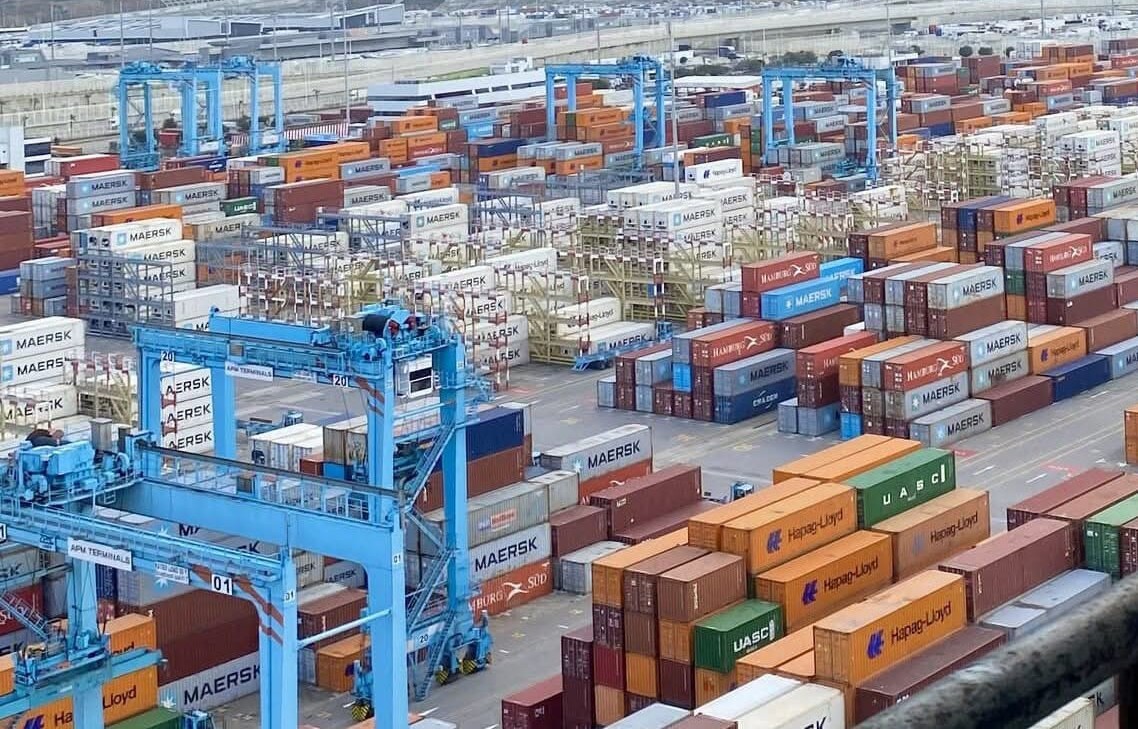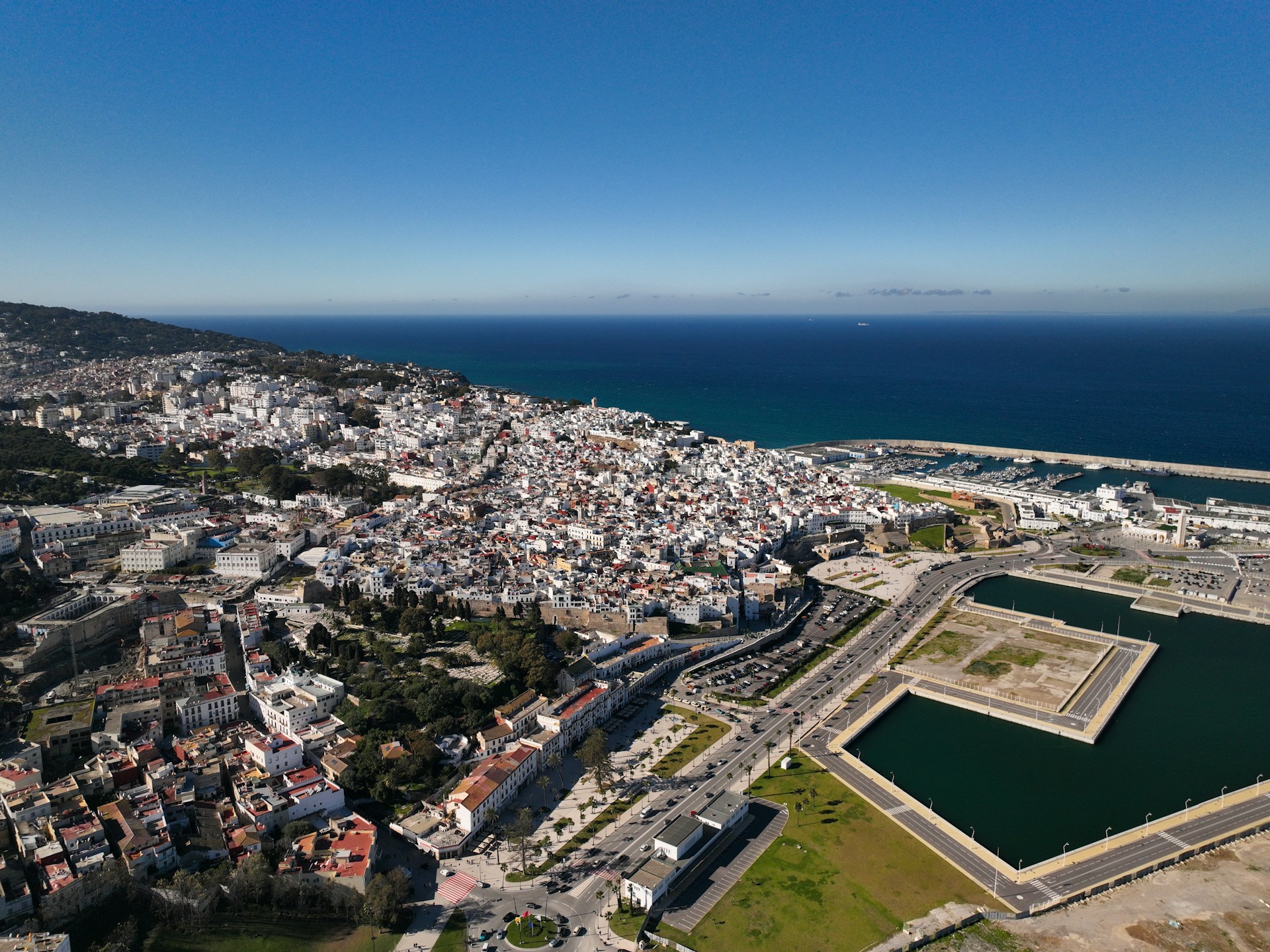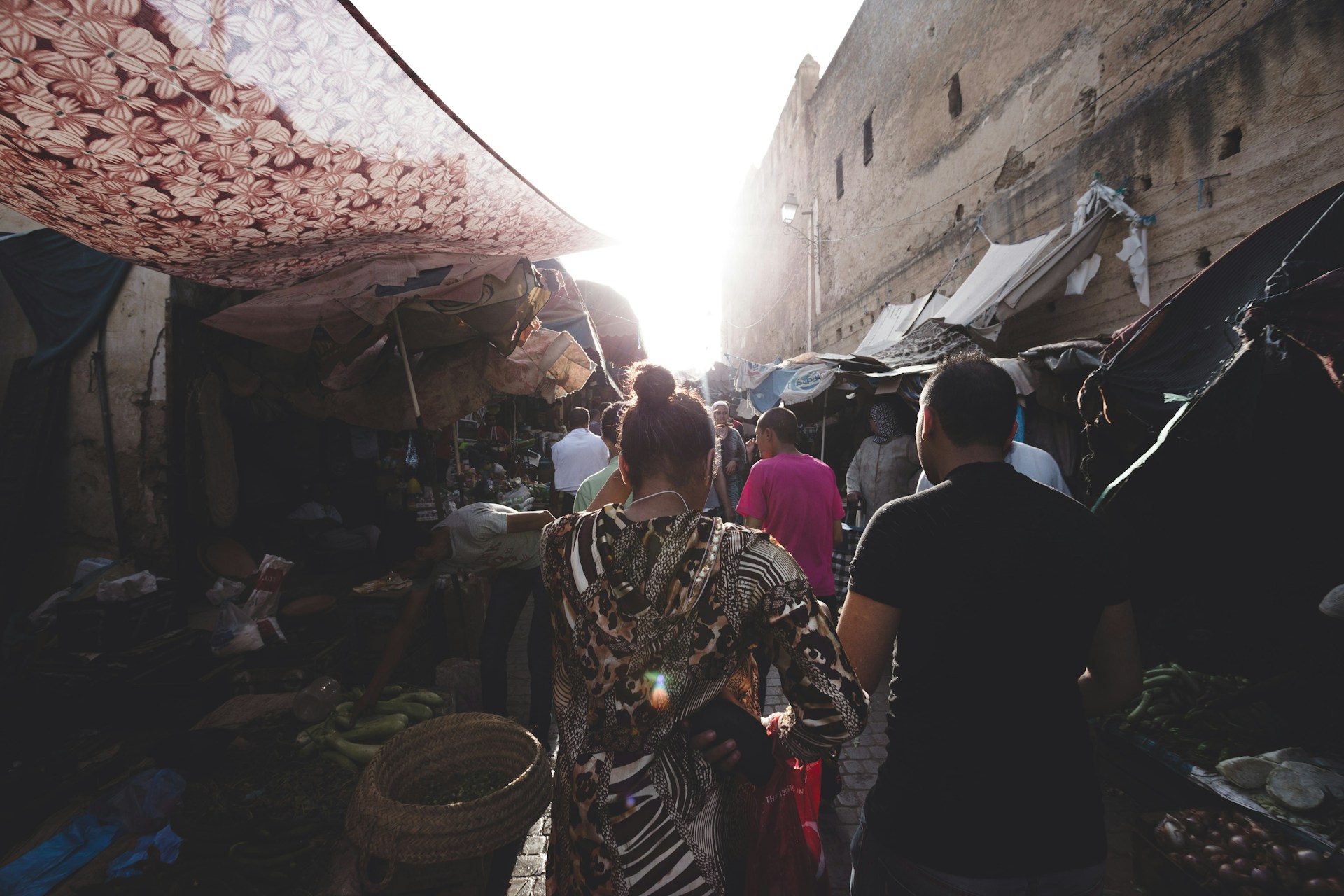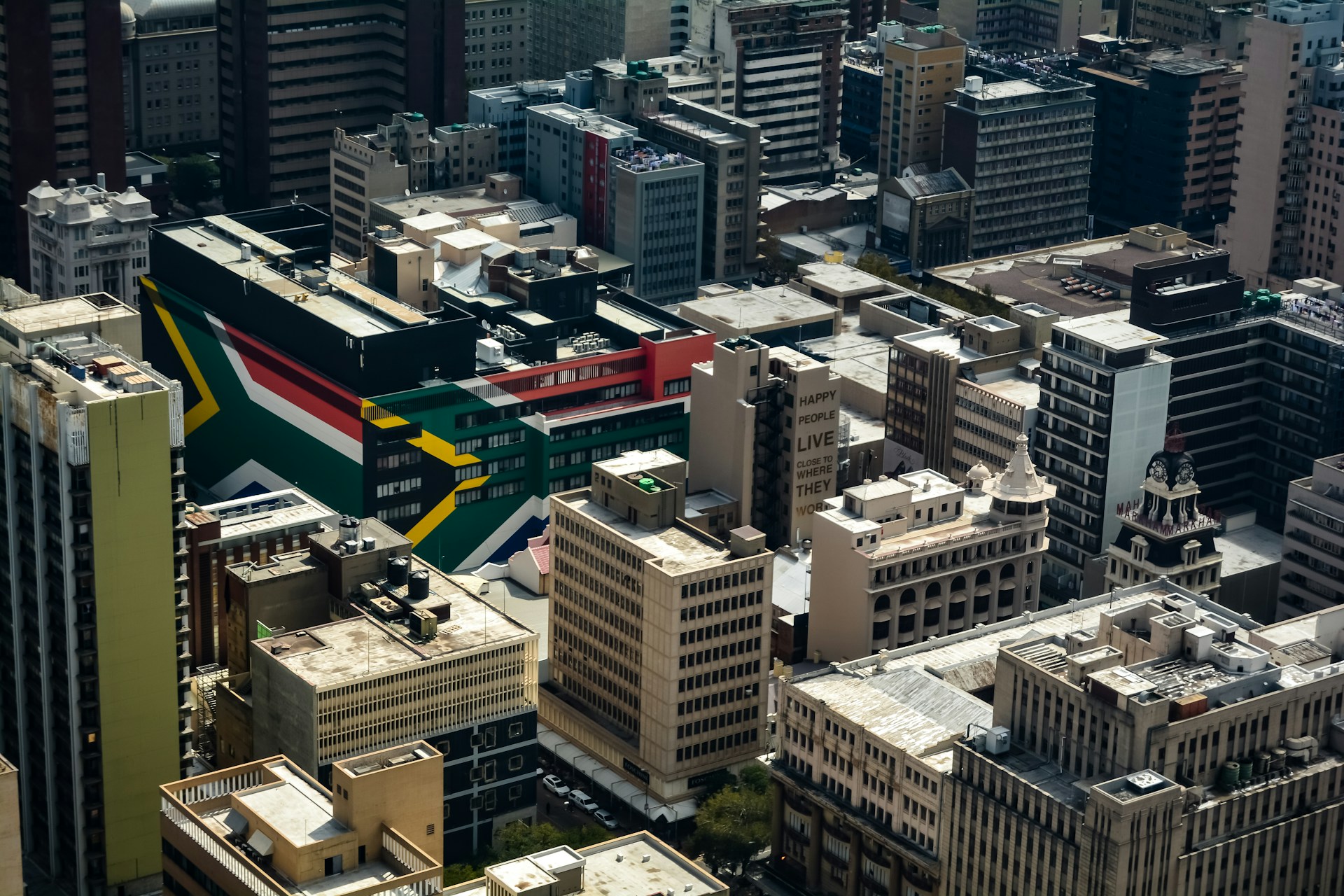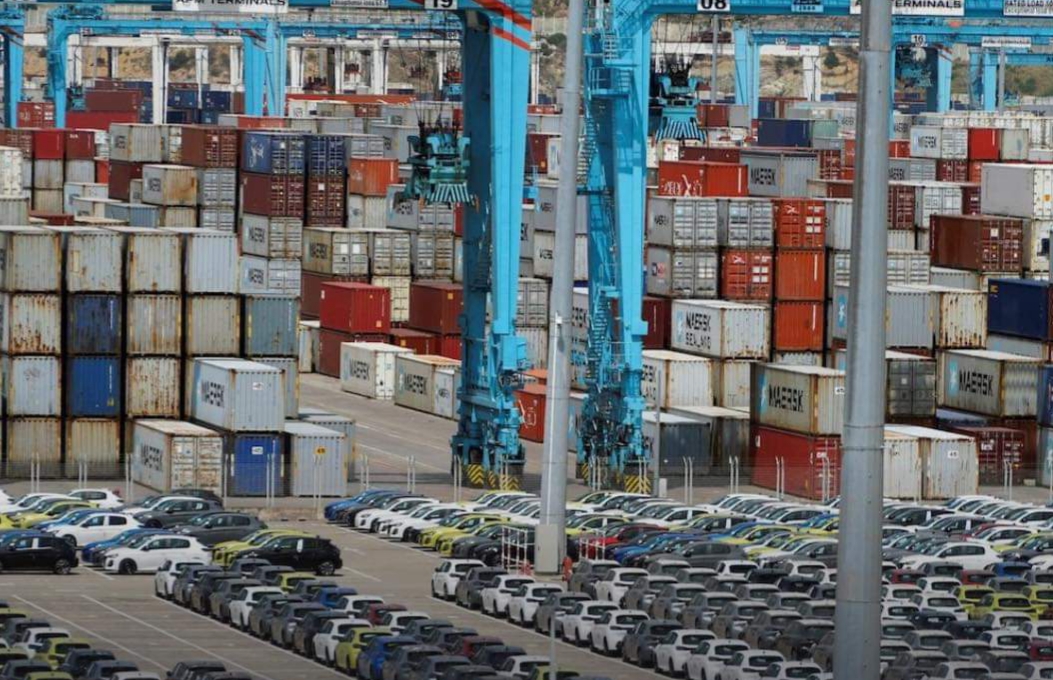Casablanca – Morocco’s unemployment rate has dropped slightly in the second quarter of 2025, signaling a modest improvement in labor market dynamics. However, the national labor landscape continues to grapple with persistent structural issues including gender disparities, youth unemployment, and a rise in underemployment across both urban and rural regions.
According to the latest labor force survey published by Morocco’s High Commission for Planning (HCP), the national unemployment rate stood at 12.8% in Q2 2025, down from 13.1% a year earlier. This 0.3-point decline translates to 38,000 fewer unemployed individuals, bringing the total number of jobless people to 1.595 million nationwide.
The drop in unemployment was observed across both urban and rural areas. In cities, the rate fell from 16.7% to 16.4%, while in rural areas, it decreased from 6.7% to 6.2%. These figures reflect incremental progress, but analysts caution that the improvement is uneven and masks deeper, long-standing challenges in Morocco’s labor market.
Gender gap widens
One of the most notable findings in the report is the widening gender gap in employment. While the unemployment rate among men fell from 11.7% to 10.8%, the rate for women rose significantly—from 17.7% to 19.9%. This increase underscores the particular vulnerabilities faced by women in accessing stable employment, especially in sectors that have not recovered robustly from economic disruptions.
Additionally, women’s labor force participation declined from 20.1% in Q2 2024 to 18.9% in Q2 2025, compared to a more moderate drop among men (from 69% to 68.6%). These figures reflect persistent barriers for women in entering and remaining in the workforce, despite national strategies aimed at promoting gender inclusion.
Youth remain disproportionately affected
Unemployment among young people remains alarmingly high. For individuals aged 25 to 34, the jobless rate increased slightly from 21.4% to 21.9%. Among those aged 15 to 24, it decreased only marginally, from 36.1% to 35.8%. These figures highlight the continuing struggle of young Moroccans—particularly new graduates and first-time job seekers—to find sustainable employment.
The situation remains challenging even among those with higher education qualifications. The unemployment rate among diploma holders decreased only slightly, from 19.4% to 19%. Although some groups, such as holders of vocational qualifications and secondary-level certificates, saw more significant improvements, their unemployment rates remain high at 20.8% and 25.1%, respectively.
Underemployment on the rise
While official unemployment numbers showed marginal improvement, the rate of underemployment—those who work less than they would like or in jobs that don’t match their skills—rose significantly. Between Q2 2024 and Q2 2025, the number of underemployed workers increased from 1.042 million to 1.147 million, representing 10.6% of the labor force, up from 9.6%.
This increase was seen in both rural and urban areas. The number of people underemployed due to insufficient working hours reached 602,000, while those facing inadequate income or job-skill mismatches jumped to 545,000. Together, these indicators point to a growing segment of the population engaged in low-quality, precarious employment.
Sectoral and regional imbalances
The underemployment rate rose across nearly all major sectors:
- In construction and public works, it rose from 18.9% to 22.2%.
- In industry, from 5% to 6.7%.
- In agriculture and fishing, from 11.5% to 12%.
- In services, from 7.7% to 8.1%.
Regionally, unemployment remains concentrated in a handful of areas. Casablanca-Settat, Morocco’s most populous and economically significant region, accounted for 25.5% of total unemployed persons. It was followed by Fès-Meknès (14.8%), Rabat-Salé-Kénitra (13.1%), and the Oriental region (10.7%). The southern regions recorded the highest regional unemployment rate at 25.7%.
On the other hand, regions such as Drâa-Tafilalet (6.4%) and Marrakech-Safi (7.5%) recorded the lowest unemployment rates.
Labor force shrinking
The overall labor force participation rate dropped from 44.2% to 43.4%, affected by a growing working-age population that is increasingly disengaged from the labor market. While Morocco has made strides in modernizing its economy, the slowdown in job creation—particularly formal, high-quality jobs—has led many to exit the workforce entirely, especially among women and rural youth.
Policy implications
Despite modest gains in unemployment reduction, the overall picture of Morocco’s labor market suggests that quality of employment is deteriorating even as joblessness inches downward. Rising underemployment, declining participation, and a deepening gender divide raise concerns about the sustainability of these improvements.
To address these challenges, labor market experts recommend the expansion of vocational training, better alignment between education and job market needs, and the implementation of policies that support formalization, regional development, and inclusive hiring practices—especially targeting women and youth.
In the medium term, Morocco’s ability to meet its employment goals will depend not only on macroeconomic performance but also on structural reforms that promote equity, resilience, and job quality in a rapidly evolving economic environment.

